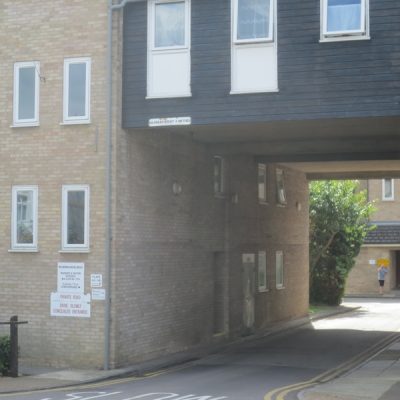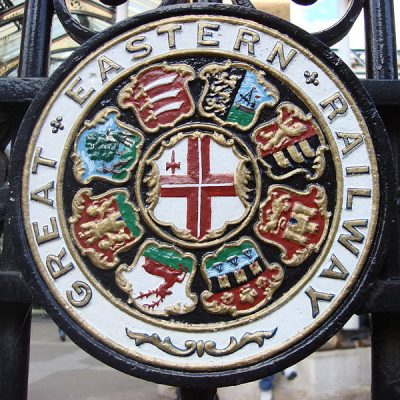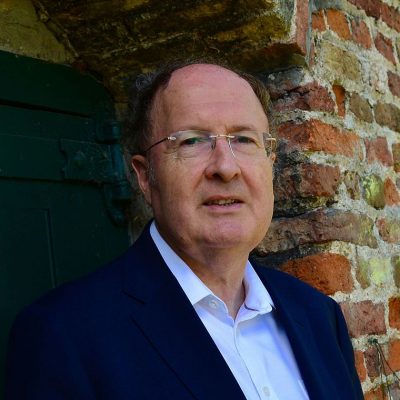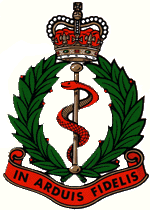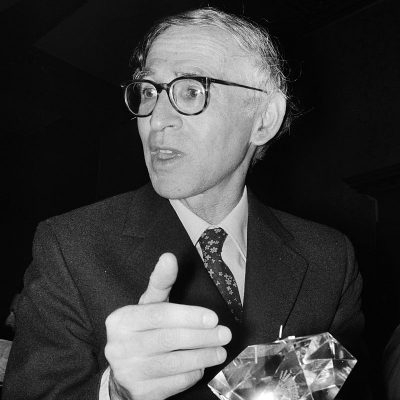Search by topic
- archaeology
- Building of Local Interest
- charity
- church
- crime
- dressmaker
- fire
- Great Eastern Railway
- Listed building
- Mapping Relief
- medieval
- oral history
- poverty
- Public House
- Rattee & Kett
- Religious House
- Roman
- scholar
- school
- Then and Now
- tudor
- women
- work
- world war one
- world war two
Search by text

15 Cavendish Avenue, Wayside, ?Lyndhurst, (The Squirrels)
History of 15 Cavendish Avenue
1891
‘Lyndhurst’
Thomas Hamilton, 28, tobacconist, born Wantage
Margaret Ann, 27, born Kent
Tom, 4, born Maidstone
Gordon Leslie, 2, born Maidstone
(not named) son, 9 days, born Cambridge
Mary Phillips, servant, widow, 47, dressmaker, born Fulbourn
Elizabeth Childs, 37, monthly nurse, born Oakington
1901
‘Lyndhurst’
This census lists a house, ‘Lyndhurst’, which does not appear in 1911. Looking at the census return it seems likely that this is the same house as the later Wayside.
Alfred G Duke 27, Cattle dealer and farmer
Clara C, 27
Alfred, 70 days
Florence A Wright, sister-in-law, 23
Emily Reed, 20, general, servant
Mary Sharpe, widow, 66, nurse
1911
‘Wayside’
Sydney Carlyle Cockerell, 43, director of a museum Cambridge University, born Brighton
Florence Kate, 38, born Lewisham
Margaret Kate, 2, born Cambridge
Christopher Sydney, 10 months, born Cambridge
Alice Emma Smith, 22, general servant, born Oxon.
Theresa Mary Wirdnan, 20, nurse, born Oxon.
Sir Sydney Carlyle Cockerell (1867 – 1962) was director of the Fitzwilliam Museum from 1908-1937.
His son Christopher Cockerell (1910-1999) became an inventor and is best known for the invention of the hovercraft.
His wife, Florence Kate Kingsford (1872-1949), was an illuminator and designer, who, in 1916, was diagnosed with multiple sclerosis.
Contribute
Do you have any information about the people or places in this article? If so, then please let us know using the Contact page or by emailing capturingcambridge@
License
This work is licensed under CC BY-NC-SA 4.0





